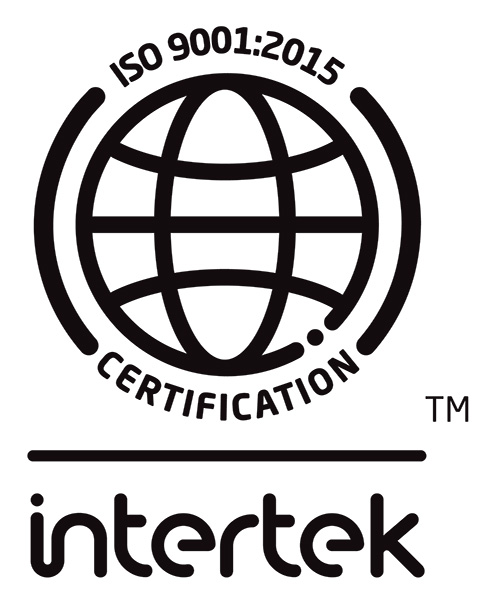Mechanisms of Acquired Resistance
Resistance to quinolones may result either following mutations in chromosomal genes or after acquiring resistance genes on plasmids. (3,7,9,10)
Chromosomally mediated resistance may occur by two broad mechanisms:
Altered target, with mutations in genes gyrA, gyrB, parC and parE that encode the subunits of DNA gyrase and topoisomerase IV. The region where mutations arise in these genes is a short DNA sequence known as the quinolone resistance determining region (QRDR). The mutations in the QRDR result in altering the target protein structure and subsequently the FQ-binding affinity of the enzyme leading to resistance.
Altered permeation, with mutations in genes that regulate efflux pumps or result in loss of outer membrane porins.
Plasmid-mediated quinolone resistance (PMQR) may occur via:
Target protection, with acquisition of a resistance gene, qnr, which encodes for a protein that protects DNA gyrase and topoisomerase IV from quinolone inhibition. Several variants of such quinolone resistant genes, qnr, have been identified. (11,12) The mechanism of Qnr protective effect is not completely understood although it is thought that binding of the Qnr protein to the target enzyme physically prevents the interaction with the antibiotic. (13)
Drug inactivation, with a quinolone modifying enzyme able to acetylate ciprofloxacin. This enzyme is encoded by a cr variant of an aminoglycoside acetyltransferase. (14)
Efflux pumps encoded by qepA and oqxAB genes, they can pump quinolones out of the cell. (15,16)
The plasmid-mediated mechanisms are almost always associated with resistance to other antibiotics. FQ resistance occurring together with other antimicrobial resistance elements on plasmids allows mutual resistance promotion and the spread of organisms that are difficult to treat. (12) It is important to note that “resistance” in the context of PMQR refers to any increase in MIC (a biological definition) rather than an increase above a susceptibility breakpoint (a clinical definition).




